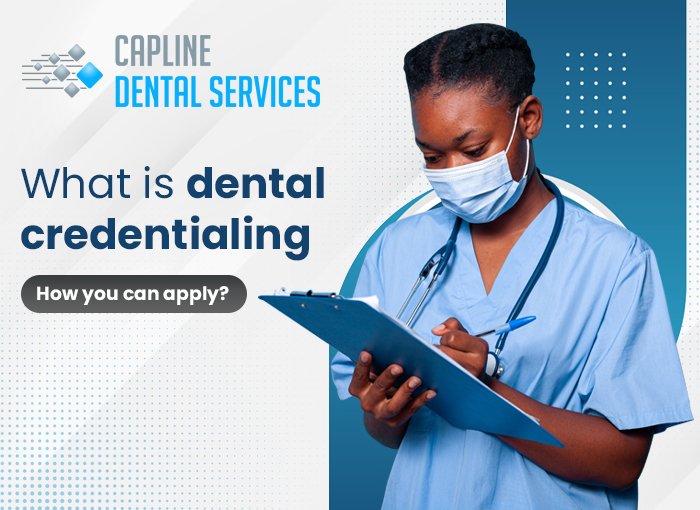
Dental credentialing is the process by which a dentist enters into agreements with insurance providers. Credentialing is paramount for insurance carriers as well as dentists. The process enables the dentist to be compensated for their services and enables the insurance provider to weed out dentists who might not be qualified to give care.
The process of obtaining dental credentials can be complicated and time-consuming. The seamless and effective operation of your dental practice depends on it, though. You can spare yourself a tonne of trouble in the future by taking the effort to comprehend the credentialing procedure.
Once an insurer receives the dental credentialing application of a provider, they review and verify all the information. The process is known as vetting. After the application gets approved by the insurer, the provider participates in the contractual agreement with the insurer and follows the fee schedule, contractual guidelines, and limitations for patient copayments.
The provider's practice history, professional training, education, and licenses get reviewed as part of the credentialing process. The providers are the best to choose among the insurance companies' plans depending upon the competition and other providers' area to understand which insurances they are in-network with or if you are the only contracted provider in the area.
Importance of Dental Credentialing
Dental billing is a mess if the insurance companies receive the claim without the provider's information. That is not good for the RCM, as the claim sits for more days than expected, disrupting the cash flow. It is more complicated if the patient is under the impression that the provider is in-network and later understands as they are not.
It is a time-consuming process, but if done correctly saves a lot of energy. If there is more than one dental provider at multiple locations, then each provider needs separate credentialing at each location.
How to apply?
Every insurance company has its credentialing requirements, but there are some basic standards that all insurance companies follow. The dental provider must have a valid dental license and be in a good position with their state dental board. In addition, they have malpractice insurance and meet all the educational requirements per the insurer. Once you have the credentials, you can apply for dental credentialing through the dental billing company to review and verify the same.
Credentialing and contracting checklist